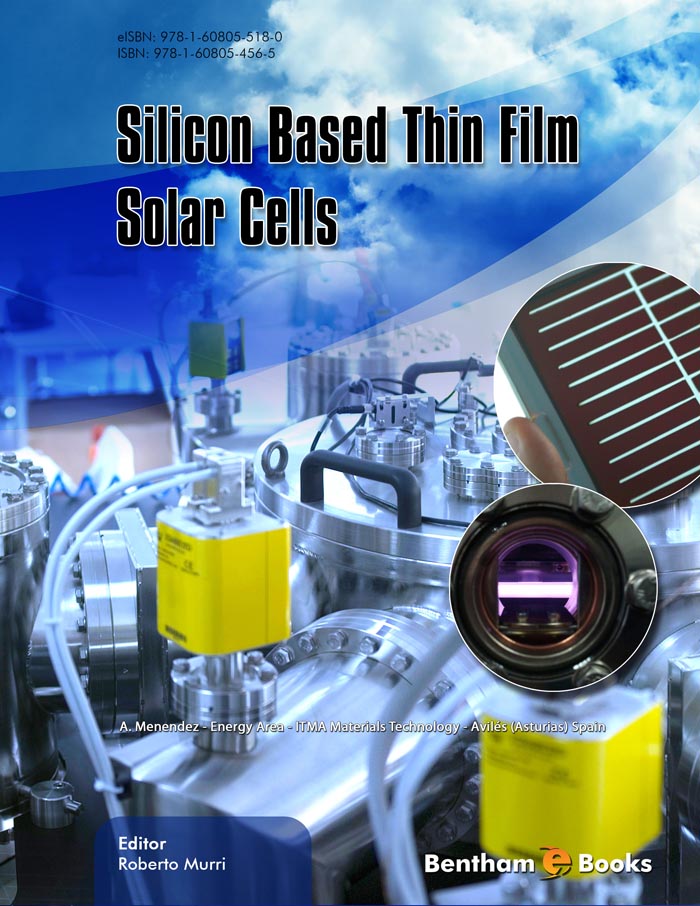For eons, Earth’s water was allowed to fall naturally from mountains to seas, converting vast stores of potential energy primarily and wastefully into heat. The discovery of methods to put water power to use in mills of various sorts led eventually to its industrial exploitation on a grand scale in the eighteenth and nineteenth centuries. With the discovery of electricity, the power of falling water led to hydroelectric generation in the nineteenth and twentieth centuries, culminating in today’s huge enterprises at Itaipu in Brasil (14 GW) and Three Gorges in China (22.5 GW).
Similarly, today we allow much of the Sun’s solar insolation (800 watts per square meter, peak), mostly in the form of infrared radiation, to fall unproductively onto Earth as heat, adding to the already worrisome heat burden of the Planet. Thus, analogous to earlier experience with falling water, it behooves one to utilize at least part of this infrared radiation productively, to create the useful artifacts of civilization, before depositing a lesser amount of it on the Planet as heat.
Solar photovoltaic energy conversion addresses precisely this goal, in the form of photovoltaic cells made of various semiconductor materials, of which silicon is predominant. Thin films of silicon used for the construction of solar photovoltaic cells comprise the focus of the present volume.
One might do well to take a “top-down” view of one of the semiconductor materials challenges of solar photovoltaic energy conversion on a massive scale, to gather an overall sense of the magnitude of the endeavor. For this purpose, we may posit a few simple estimates, which leads to the scope of the issue at hand. To wit, there are 7 billion human inhabitants on Earth. Insofar as there is a general and historical movement toward improved standards of living, including electrical energy usage at a fully loaded, annual average level of about one kilowatt per person, and about 1% per year of the population experiences this relative advancement, there is an estimated need for 60 GW of additional electrical energy generating capacity worldwide each year.
It would be a pleasant environmental happenstance to have a significant fraction of this 60 GW arise from solar photovoltaic energy conversion, say 10 GW. However, due to diurnal effects, cloud cover, solar cell conversion efficiency, and so on, a useful estimate is that one square meter of solar cells (unconcentrated) provides an average of 25W of electrical power as an annual average. Therefore, 10 GW implies 400 million square meters annual production of solar cell materials. Due to the relatively small infrared absorption coefficient of silicon, the thickness of the silicon thin film must be at least about 40 microns.
Combining the above numbers, 4x108 m2 and 4x10-5 m, one finds that the annual production rate of photovoltaic silicon must be around 37,000 tonnes. While this may seem a daunting figure for a nascent enterprise, it does not greatly exceed current world-wide production of single-crystal silicon for electronics applications, generally.
Thus, one is led to conclude that impressive levels of production of thin-film photovoltaic silicon will be necessary if the enterprise is to succeed, giving cause to pay special attention to such large-area deposition methods as chemical vapor deposition (CVD) and its plasma variants, as well as the proven large-area method of choice, physical vapor deposition (PVD, or sputtering), which among others are well treated in the present volume.
Stepping back from the above grand overview, and observing a related technology, one cannot help but be impressed by the magnificent improvements wrought by the use of compositional heterostructure technology for photovoltaic cells in the case of the rather expensive compound semiconductors, which is their drawback. Alternatively, structural (as opposed to compositional) heterostructure technology is well-established in high-frequency low-noise compound semiconductor transistor technology. Unfortunately, Mother Nature’s periodic table of the elements leaves silicon with a relatively paltry offering consisting primarily of carbon and germanium for compositional heterostructure technology. However, as is discussed in this volume, silicon does allow a myriad of possibilities for structural heterostructure technology, with silicon in its microcrystalline and amorphous states.
The microcrystalline forms of silicon exhibit increased energy gaps so that band-gap engineering may be usefully possible, i.e. heterostructure technology. Solid-state theorists are rather far behind the front lines of this initiative and their assistance might be helpful. Perhaps a hint could be offered? Pauling showed long ago (“The Nature of the Chemical Bond”) that dangling bonds, such as are widespread in microcrystalline silicon, cause strengthening of back-bonds and contraction of interatomic bond lengths. This type of behavior has also been observed for the near-surface atomic layers of semiconductors. However, reduced interatomic bond length in semiconductor structures causes increased energy band gap. Therefore, there may be an essential interplay between the grain size of microcrystalline silicon (for grain sizes comparable to the de Broglie wavelength) and energy band gaps, notwithstanding Tamm states and deep-trap recombination.
There is ample opportunity here to do good for humanity and the environment, as well as to advance the solid-state and materials sciences. Further great work needs to be accomplished on a grand scale, comprising the microscopic nature of thin-film silicon and its myriad device possibilities, its commercial production on an impressive scale, and its insertion into the marketplace.
One can clearly see that there is an ongoing need for educational materials to advance the state of the art, and editor Professor Murri and his colleagues who have written this volume provide us with an important and generous contribution in this regard, for which we are grateful.
Daniel L. Rode, Prof.
Shangri-La, Paraná-Brazil &
Washington University in St. Louis
USA

